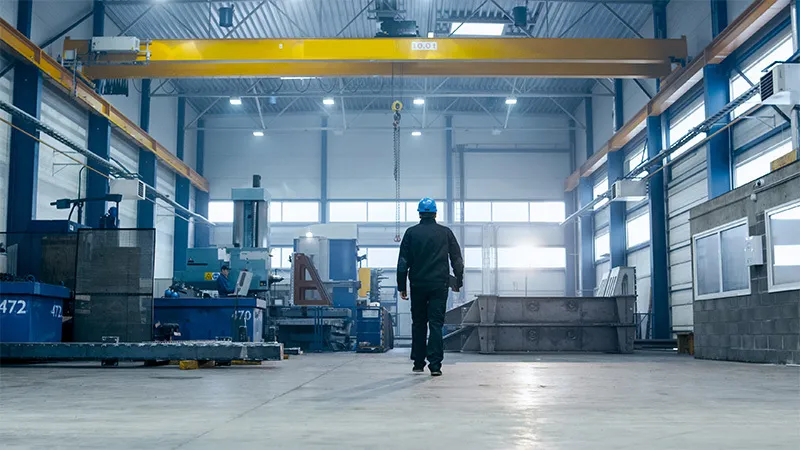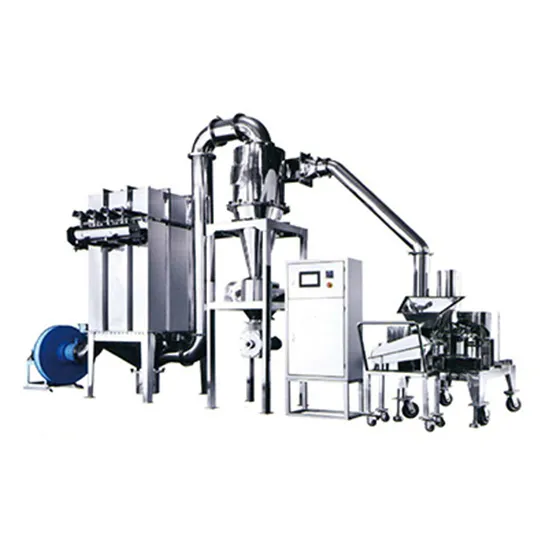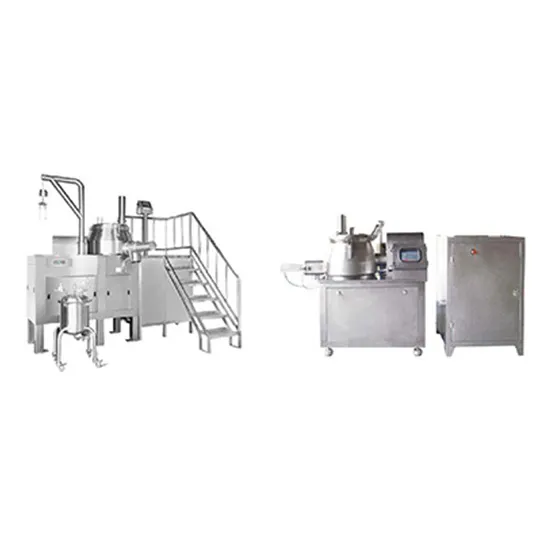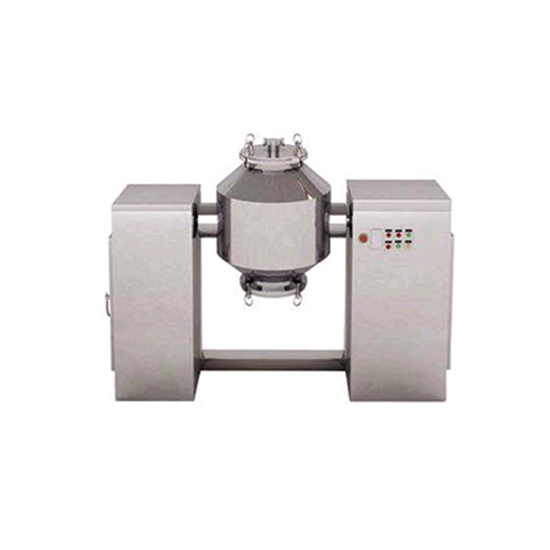NEWS
The Ultimate Guide to Grinder Machines in the Manufacturing Industry
Sep 25,2023
Introduction:
In the realm of manufacturing and processing machinery, grinder machines play a vital role in the crushing and separating process. As a professional in this industry, it is crucial to understand the various aspects of grinder machines to enhance productivity and efficiency. This comprehensive guide provides valuable insights and practical knowledge regarding grinder machines, their functionalities, and their significance in the manufacturing industry.
1. Understanding Grinder Machines:
Grinder machines, also known as grinding machines, are mechanical devices used to remove excess material from workpieces through abrasive action. These machines are widely used in the manufacturing industry for various applications, including shaping, sharpening, and polishing metal, wood, or other materials.
2. Types of Grinder Machines:
There are several types of grinder machines utilized in the manufacturing industry. Some common variations include:
a. Surface Grinders: These machines consist of a grinding wheel that rotates on a horizontal axis. They are primarily used for precision grinding of flat surfaces.
b. Cylindrical Grinders: This type of grinder machine is designed to shape the outside of an object. It is commonly used for grinding cylindrical and conical workpieces.
c. Internal Grinders: Internal grinder machines are used to grind the inner surfaces of an object. They are particularly useful for achieving precise internal diameters and smooth finishes.
3. Key Components and Functionality:
Grinder machines consist of several key components that work together to ensure efficient grinding operations. These components include:
a. Grinding Wheel: The grinding wheel is the crucial part of a grinder machine that contains abrasive particles. It removes material from the workpiece by abrasive action.
b. Workpiece: The workpiece refers to the object being ground or shaped using the grinder machine. It can be of various shapes, sizes, and materials.
c. Control Panel: The control panel allows operators to adjust and monitor various parameters of the grinder machine, such as speed, feed rate, and depth of cut.
d. Spindle: The spindle holds the grinding wheel and provides rotational movement. It is responsible for the precise and controlled removal of material from the workpiece.
4. Importance in the Manufacturing Industry:
Grinder machines are indispensable in the manufacturing industry due to their numerous benefits:
a. Enhanced Precision: Grinder machines offer high precision and accuracy, allowing manufacturers to achieve tight tolerances and superior surface finishes.
b. Increased Efficiency: These machines automate the grinding process, significantly reducing manual labor and increasing overall productivity.
c. Versatility: Grinder machines can handle a wide range of materials, making them suitable for diverse manufacturing applications.
d. Cost-Effective: By optimizing material removal and reducing waste, grinder machines contribute to cost savings in the manufacturing process.
Conclusion:
Grinder machines are vital tools in the manufacturing industry, particularly in the field of crushing and separating machinery. Understanding the different types of grinder machines, their components, and functionalities is essential for professionals seeking to enhance their expertise in this specialized domain. By incorporating grinder machines into manufacturing processes, businesses can achieve improved precision, efficiency, and cost-effectiveness.
In the realm of manufacturing and processing machinery, grinder machines play a vital role in the crushing and separating process. As a professional in this industry, it is crucial to understand the various aspects of grinder machines to enhance productivity and efficiency. This comprehensive guide provides valuable insights and practical knowledge regarding grinder machines, their functionalities, and their significance in the manufacturing industry.
1. Understanding Grinder Machines:
Grinder machines, also known as grinding machines, are mechanical devices used to remove excess material from workpieces through abrasive action. These machines are widely used in the manufacturing industry for various applications, including shaping, sharpening, and polishing metal, wood, or other materials.
2. Types of Grinder Machines:
There are several types of grinder machines utilized in the manufacturing industry. Some common variations include:
a. Surface Grinders: These machines consist of a grinding wheel that rotates on a horizontal axis. They are primarily used for precision grinding of flat surfaces.
b. Cylindrical Grinders: This type of grinder machine is designed to shape the outside of an object. It is commonly used for grinding cylindrical and conical workpieces.
c. Internal Grinders: Internal grinder machines are used to grind the inner surfaces of an object. They are particularly useful for achieving precise internal diameters and smooth finishes.
3. Key Components and Functionality:
Grinder machines consist of several key components that work together to ensure efficient grinding operations. These components include:
a. Grinding Wheel: The grinding wheel is the crucial part of a grinder machine that contains abrasive particles. It removes material from the workpiece by abrasive action.
b. Workpiece: The workpiece refers to the object being ground or shaped using the grinder machine. It can be of various shapes, sizes, and materials.
c. Control Panel: The control panel allows operators to adjust and monitor various parameters of the grinder machine, such as speed, feed rate, and depth of cut.
d. Spindle: The spindle holds the grinding wheel and provides rotational movement. It is responsible for the precise and controlled removal of material from the workpiece.
4. Importance in the Manufacturing Industry:
Grinder machines are indispensable in the manufacturing industry due to their numerous benefits:
a. Enhanced Precision: Grinder machines offer high precision and accuracy, allowing manufacturers to achieve tight tolerances and superior surface finishes.
b. Increased Efficiency: These machines automate the grinding process, significantly reducing manual labor and increasing overall productivity.
c. Versatility: Grinder machines can handle a wide range of materials, making them suitable for diverse manufacturing applications.
d. Cost-Effective: By optimizing material removal and reducing waste, grinder machines contribute to cost savings in the manufacturing process.
Conclusion:
Grinder machines are vital tools in the manufacturing industry, particularly in the field of crushing and separating machinery. Understanding the different types of grinder machines, their components, and functionalities is essential for professionals seeking to enhance their expertise in this specialized domain. By incorporating grinder machines into manufacturing processes, businesses can achieve improved precision, efficiency, and cost-effectiveness.
More News










